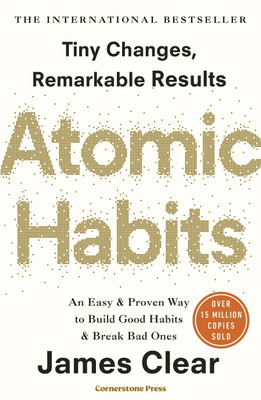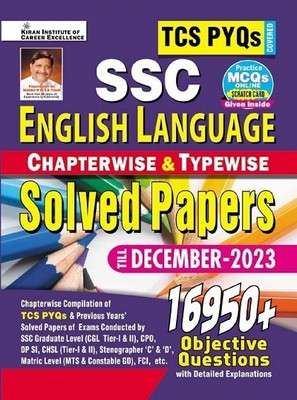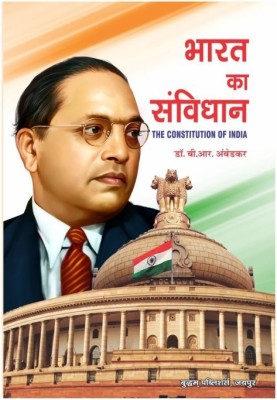
IGNOU BMTC 131 Calculus In Depth Easy Guide Book For Ignou Studeny (Paperback, BMA Publication)
Price: Not Available
Currently Unavailable
Highlights
- Binding: Paperback
- Publisher: BMA PUBLICATION
- ISBN: 9786140458383
- Edition: LATEST, 2024
- Pages: 55
Description
IGNOU BMTC 131 on Calculus would involve covering various aspects of calculus in a clear and comprehensive manner. While I can't provide a full guidebook, I can outline key topics and suggest resources for each.
Introduction to Calculus:
Definition and significance of calculus in mathematics.
Understanding limits and continuity as foundational concepts.
Overview of the historical development of calculus and its applications.
Differentiation:
Understanding the concept of a derivative and its geometric interpretation.
Techniques of differentiation, including the power rule, product rule, quotient rule, and chain rule.
Applications of derivatives in optimization, rates of change, and curve sketching.
Applications of Differentiation:
Optimization problems involving maximizing or minimizing functions.
Related rates problems involving rates of change in related quantities.
Curve sketching, including identifying critical points, inflection points, and concavity.
Integration:
Understanding the concept of integration as the inverse process of differentiation.
Techniques of integration, including integration by substitution, integration by parts, and trigonometric integrals.
Definite integrals and their interpretation as area under a curve.
Applications of Integration:
Area problems involving finding the area between curves.
Volume problems using methods such as the disk method, shell method, and slicing method.
Applications in physics, engineering, economics, and other fields.
Differential Equations:
Introduction to differential equations and their classification.
Solving first-order ordinary differential equations using separation of variables, integrating factors, and exact equations.
Applications of differential equations in modeling natural phenomena and physical systems.
Resources and Further Reading:
Recommended textbooks for calculus (e.g., "Calculus: Early Transcendentals" by James Stewart, "Calculus" by Michael Spivak).
Online resources such as video lectures, tutorials, and interactive calculus demonstrations.
Practice exercises, problem sets, and self-assessment tools.
Read More
Specifications
Book Details
| Publication Year |
|
| Exam |
|
| Number of Pages |
|
University Books Details
| Degree/Diploma |
|
| Specialization |
|
| Subject |
|
Additional Features
| Age Group |
|
Dimensions
| Width |
|
| Height |
|
| Depth |
|
| Weight |
|
In The Box
|
Be the first to ask about this product
Safe and Secure Payments.Easy returns.100% Authentic products.
Back to top




